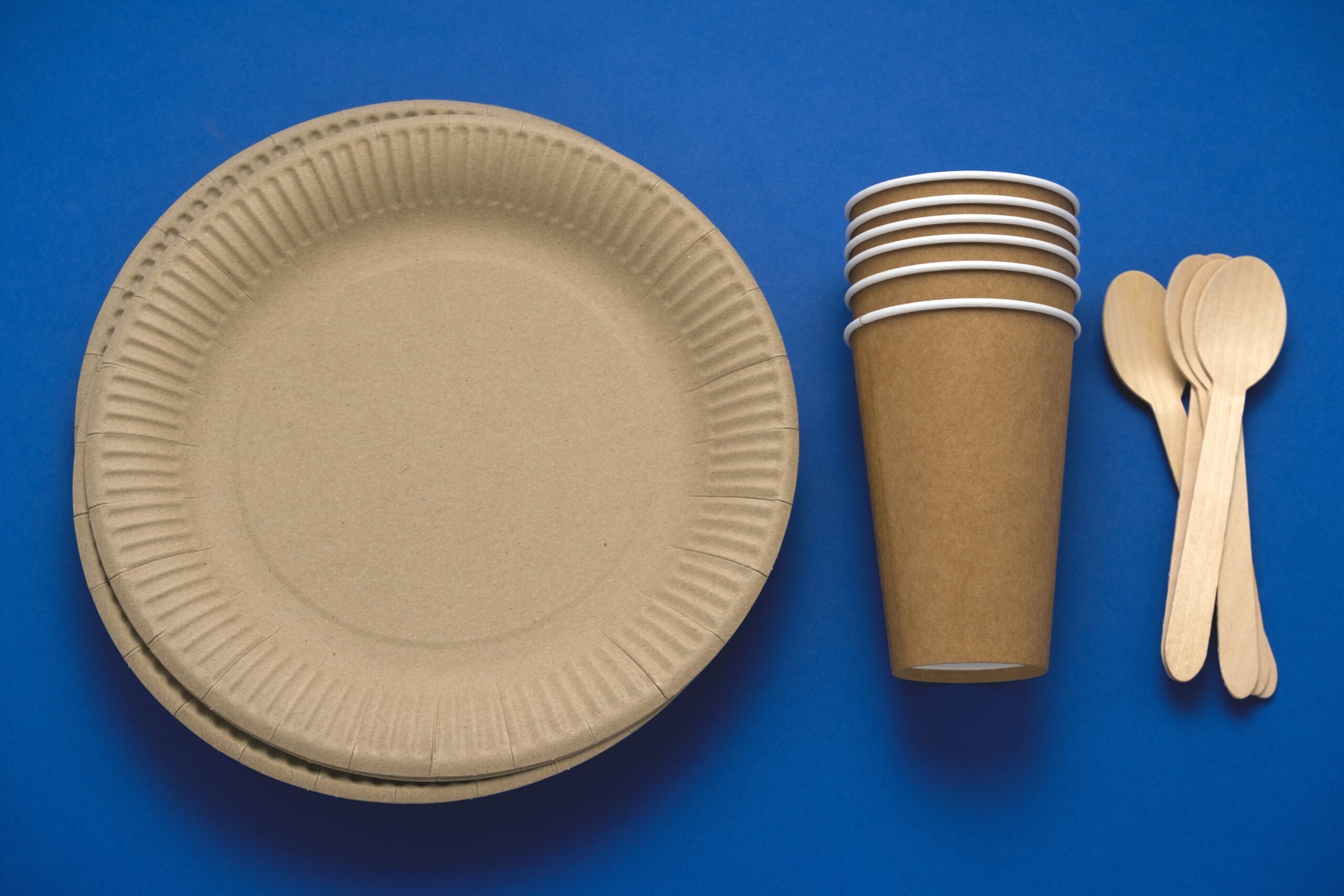Paper Plates: Lightweight and versatile, paper plates are widely used for serving various types of food. They come in different sizes and designs, making them suitable for various occasions.
Biodegradable Plates: Made from eco-friendly materials such as bamboo, sugarcane bagasse, or palm leaves, biodegradable plates offer a sustainable alternative to traditional disposable dinnerware. They are sturdy and can handle hot and cold foods.
Plastic Plates: Despite their environmental impact, plastic plates remain popular due to their durability and affordability. However, you can explore options with biodegradable or compostable plastics to mitigate environmental concerns.
Compostable Plates: Compostable dinnerware is designed to break down naturally, reducing waste and environmental impact. These plates are typically made from materials like cornstarch, wheat straw, or PLA (polylactic acid).
Palm Leaf Plates: Crafted from fallen palm leaves, these plates are natural, biodegradable, and sturdy. They have a unique, rustic appearance, making them ideal for eco-conscious events and gatherings.
Wooden Plates: Wooden disposable plates add a touch of elegance to any occasion. They are often made from sustainably sourced materials like birch or bamboo and are biodegradable.
Bagasse Plates: Bagasse, a byproduct of sugarcane processing, is used to create sturdy and heat-resistant disposable plates. These plates are compostable and suitable for both hot and cold foods.
Pulp Plates: Pulp plates are made from recycled paper pulp and are both biodegradable and compostable. They offer a sustainable option for disposable dinnerware without sacrificing quality.
Cornstarch Plates: Plates made from cornstarch are biodegradable and compostable. They are sturdy enough to hold various types of food and are an eco-friendly alternative to traditional disposable plates


